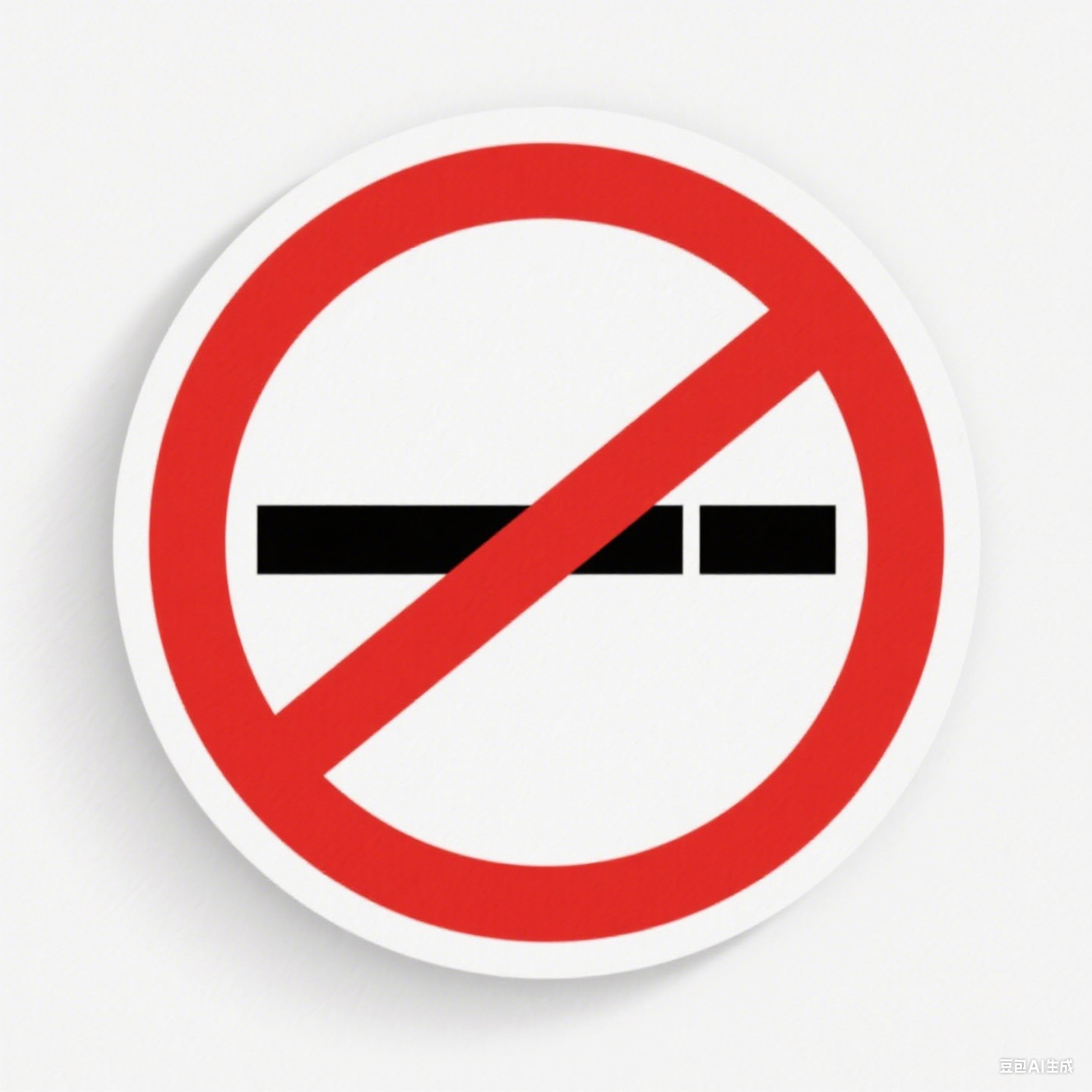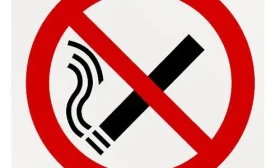How to Quit Smoking When You Smoke After Every Meal
Introduction
Smoking after meals is a common habit for many smokers. The association between eating and lighting up can be deeply ingrained, making it one of the hardest triggers to overcome. However, breaking this habit is crucial for long-term success in quitting smoking. This article provides a step-by-step guide to help you quit smoking, especially if you struggle with post-meal cravings.
Why Do People Smoke After Meals?
Understanding the psychology behind this habit is the first step to overcoming it.
- Conditioned Response – The brain associates finishing a meal with smoking, creating a strong mental link.
- Digestive Relaxation – Many smokers believe smoking aids digestion, though it actually harms it.
- Nicotine Craving – After eating, blood sugar levels change, which can intensify nicotine cravings.
Step-by-Step Guide to Quitting Post-Meal Smoking
1. Identify and Replace the Habit
Instead of reaching for a cigarette after eating, replace the habit with a healthier alternative:
- Chew sugar-free gum
- Drink herbal tea or water
- Brush your teeth immediately after eating (the minty taste can deter smoking)
- Take a short walk (distracts the mind and reduces cravings)
2. Change Your Routine
Disrupting the automatic behavior can weaken the smoking trigger.
- Eat in a different location (if you usually smoke at the dining table, try eating outside)
- Delay smoking – Wait 10 minutes after eating; often, the craving will pass.
3. Use Nicotine Replacement Therapy (NRT)
NRT can help manage withdrawal symptoms. Options include:
- Nicotine gum (use after meals to replace the cigarette)
- Nicotine patches (provide steady nicotine levels)
- Lozenges or inhalers (help with oral fixation)
4. Practice Mindfulness and Deep Breathing
Cravings peak within 5-10 minutes. Deep breathing exercises can help:
- Inhale deeply for 4 seconds
- Hold for 4 seconds
- Exhale slowly for 6 seconds
Repeat until the craving fades.
5. Avoid Triggers
- Limit caffeine and alcohol (they often trigger smoking urges)
- Avoid smokers after meals (social triggers can be strong)
- Keep hands busy (use a stress ball or fidget spinner)
6. Seek Support
- Join a support group (like Nicotine Anonymous)
- Use quit-smoking apps (track progress and get motivational tips)
- Talk to a therapist (cognitive behavioral therapy can help rewire habits)
Long-Term Strategies for Success
Quitting smoking is a journey. Here’s how to stay smoke-free:
1. Reward Yourself
Set milestones (e.g., 1 week, 1 month) and reward yourself with non-smoking treats (e.g., a massage, a new book).
2. Stay Active
Exercise reduces stress and cravings. Even a 10-minute walk can help.

3. Remind Yourself of the Benefits
- 20 minutes after quitting – Heart rate drops to normal.
- 48 hours later – Taste and smell improve.
- 1 year later – Heart disease risk drops by half.
Conclusion
Breaking the post-meal smoking habit is challenging but entirely possible with the right strategies. By replacing the routine, using NRT, and seeking support, you can overcome this trigger and achieve a smoke-free life.
Take the first step today—your future self will thank you!
Tags: #QuitSmoking #StopSmoking #HealthyHabits #NicotineAddiction #SmokingCessation #HealthAndWellness









